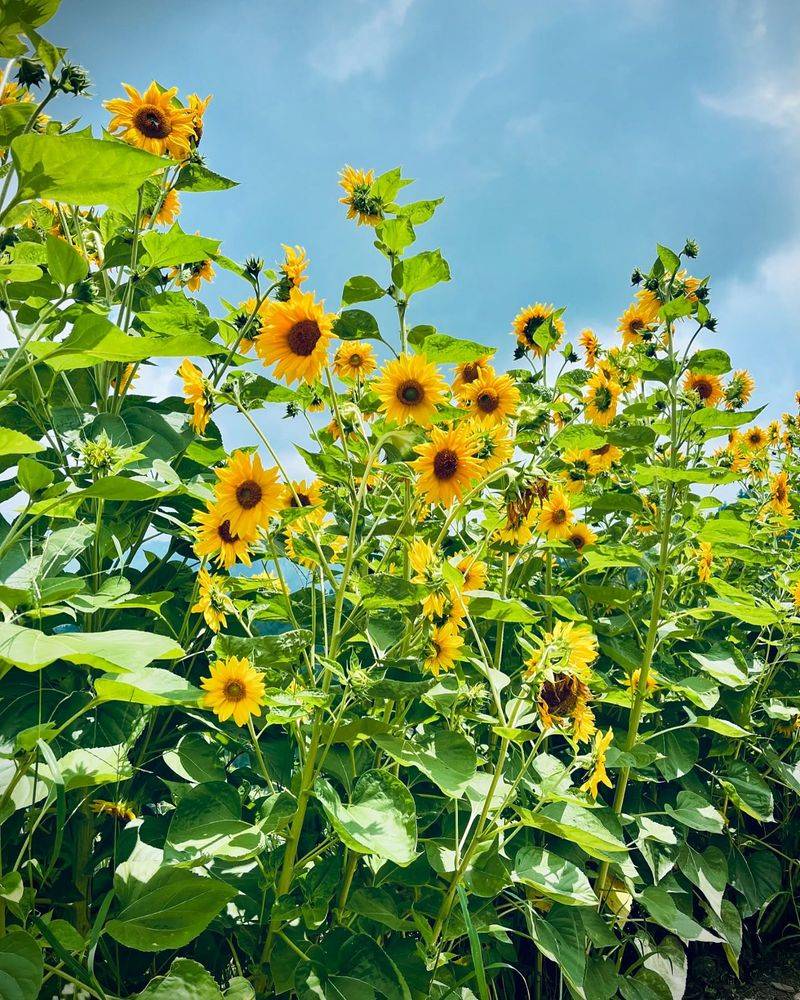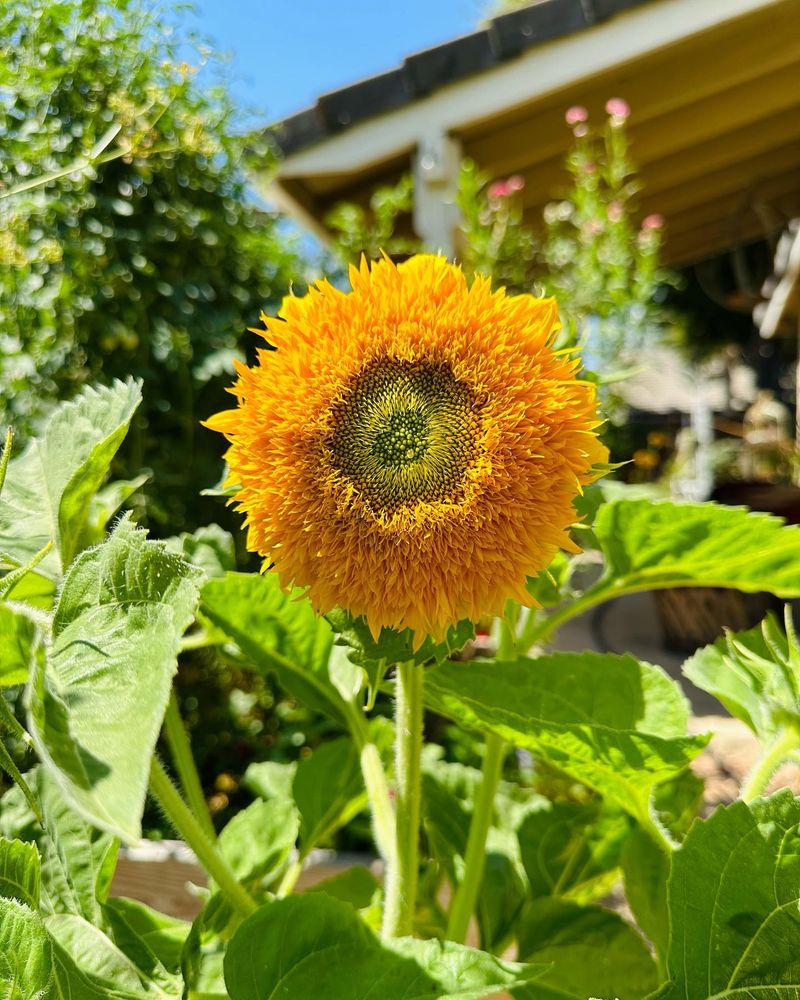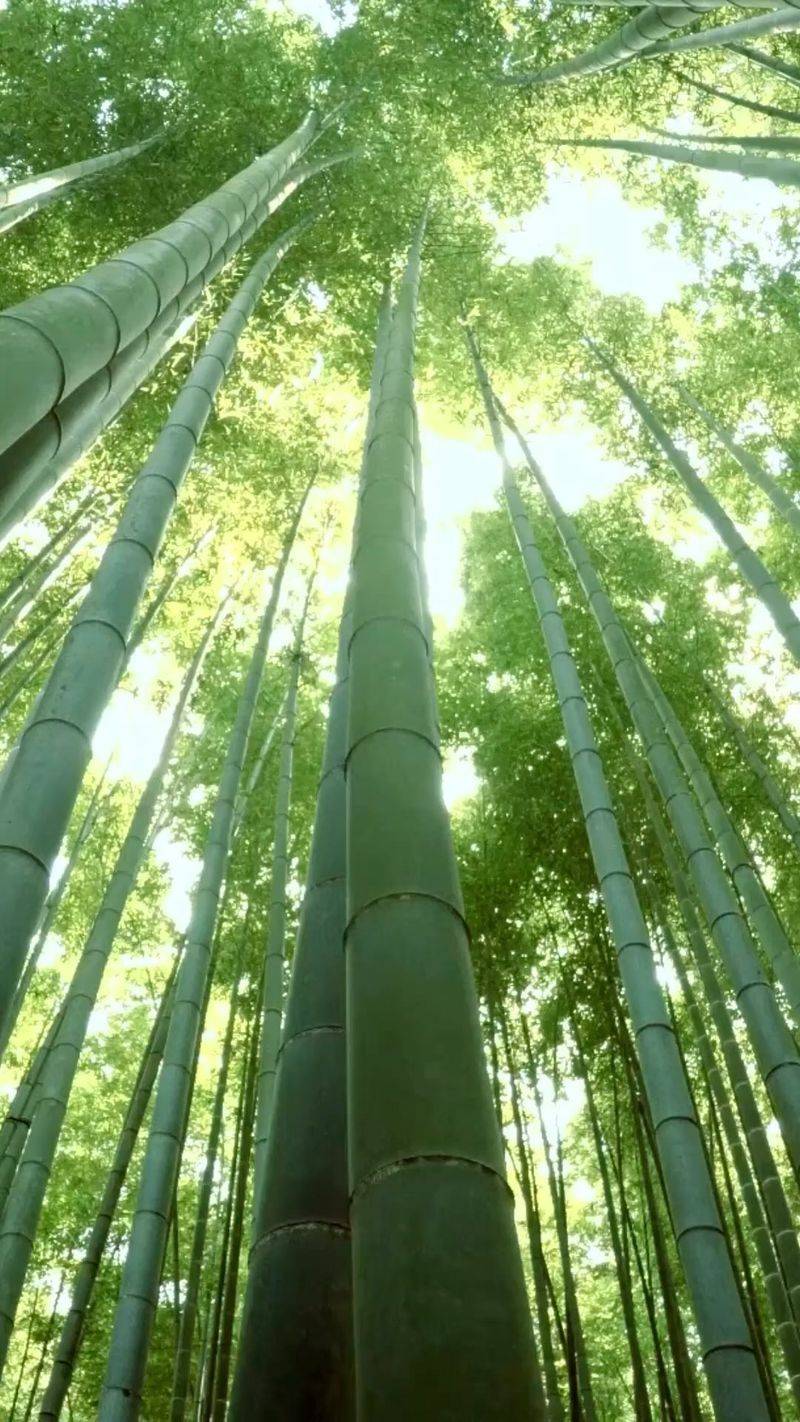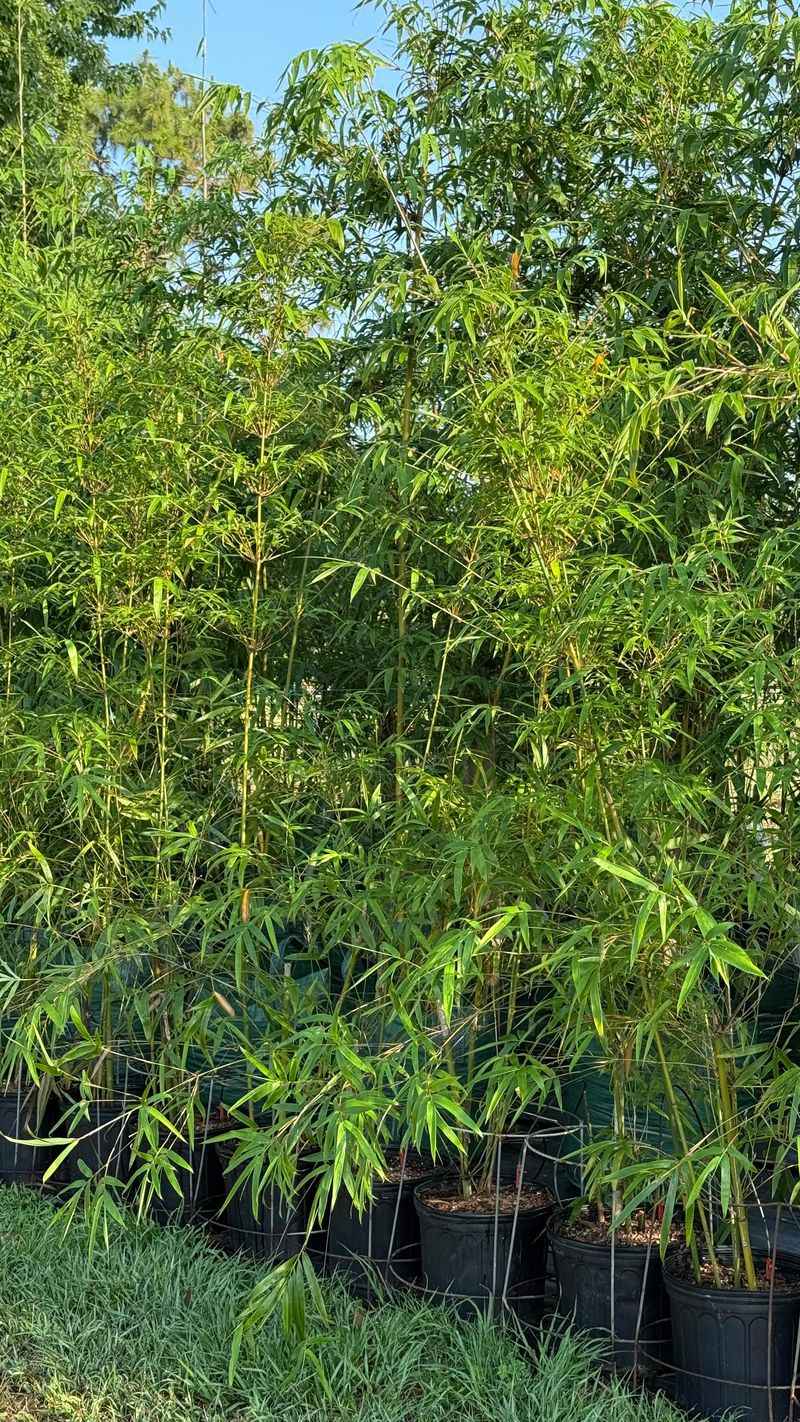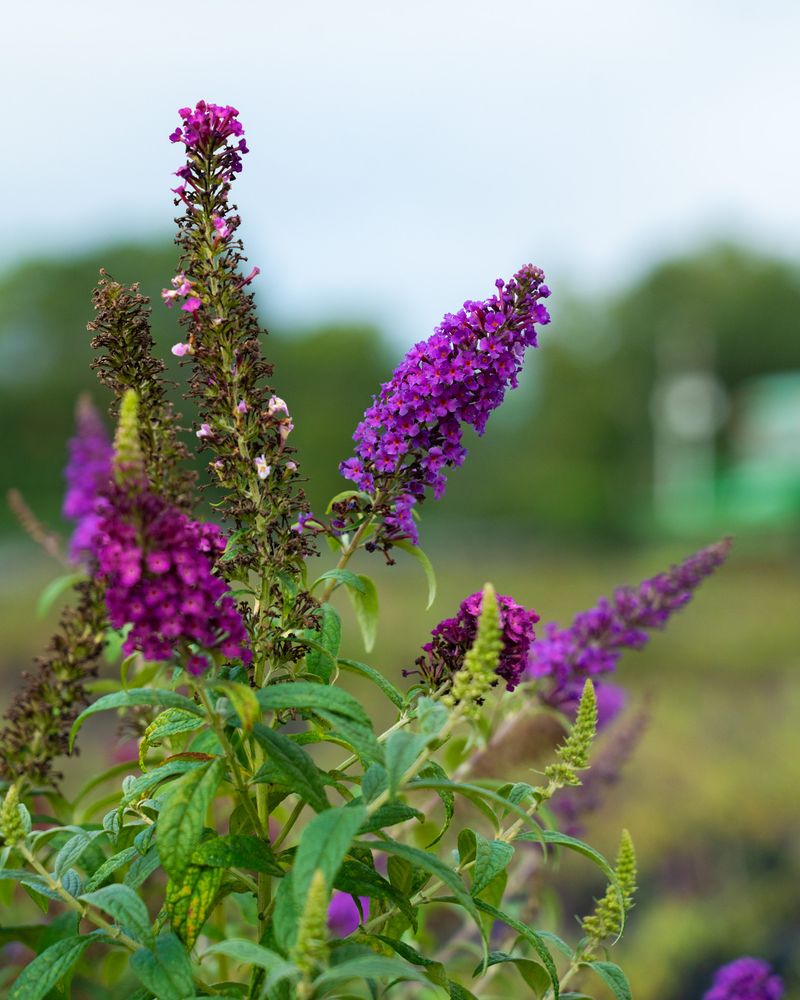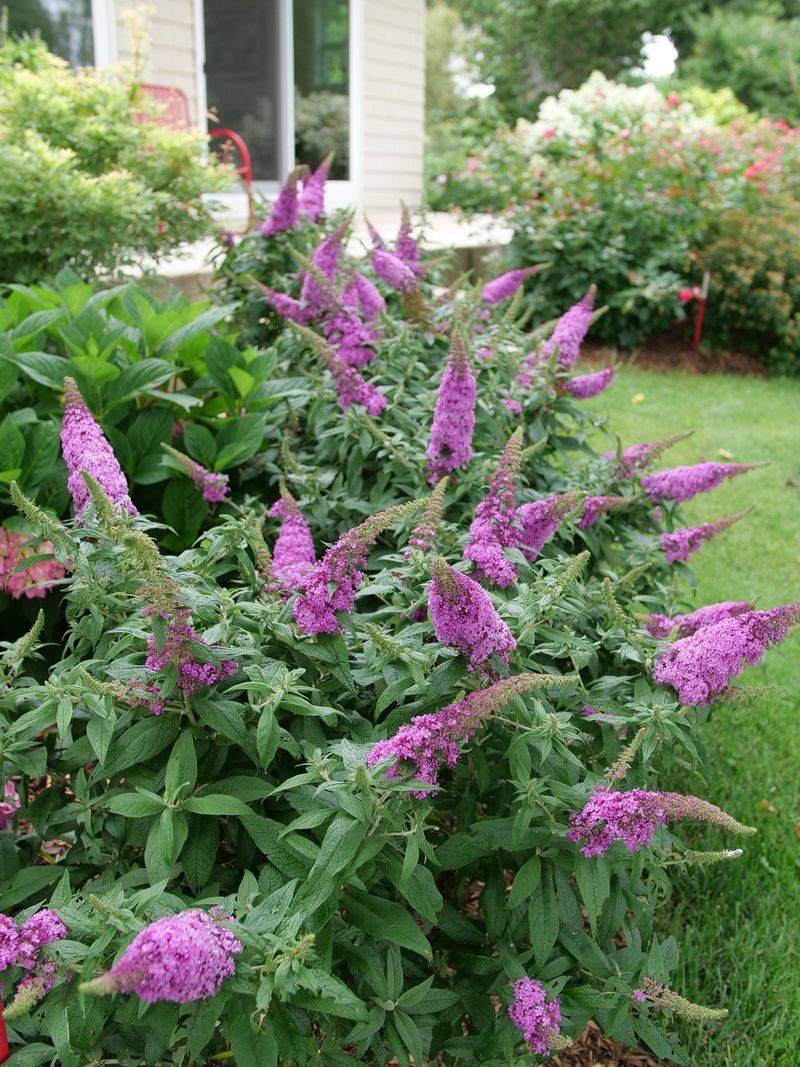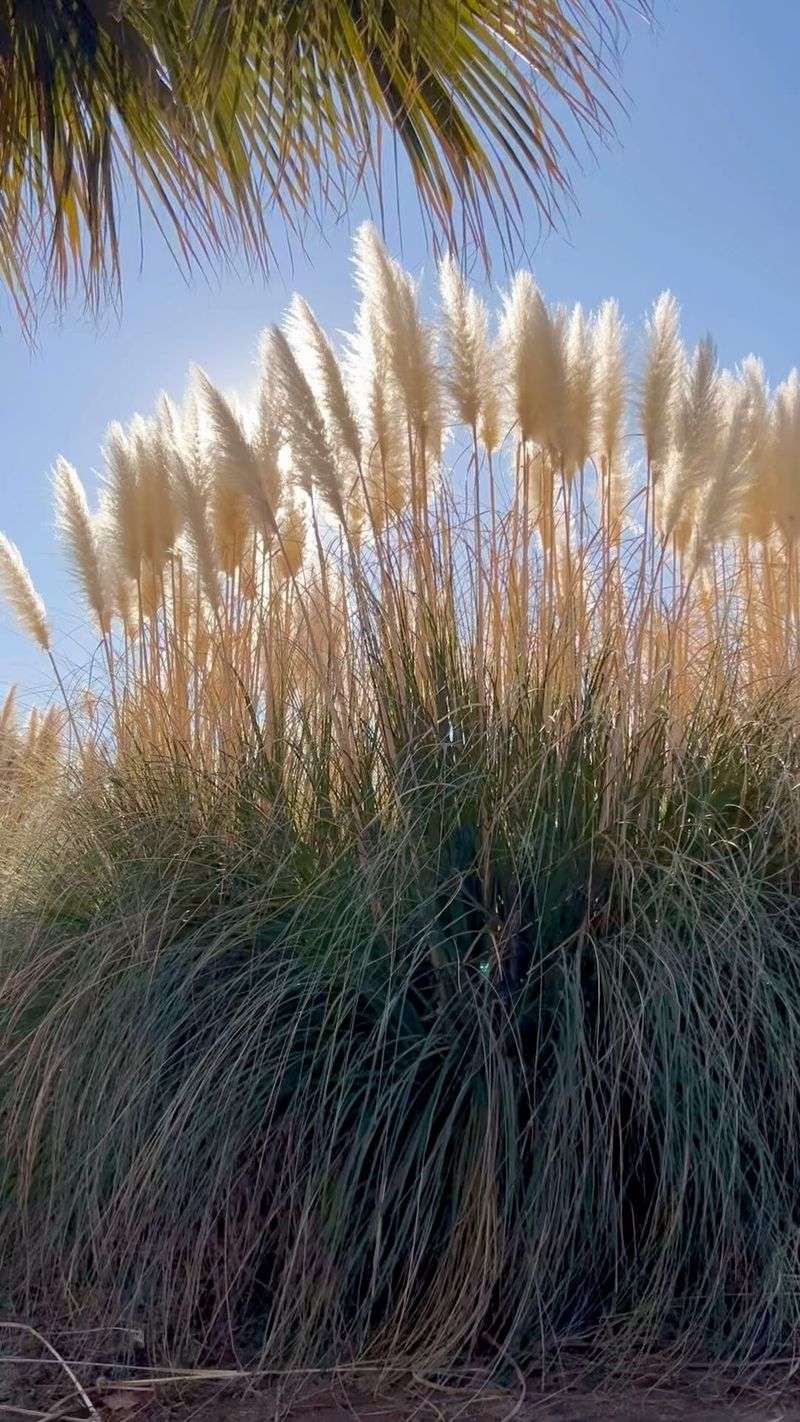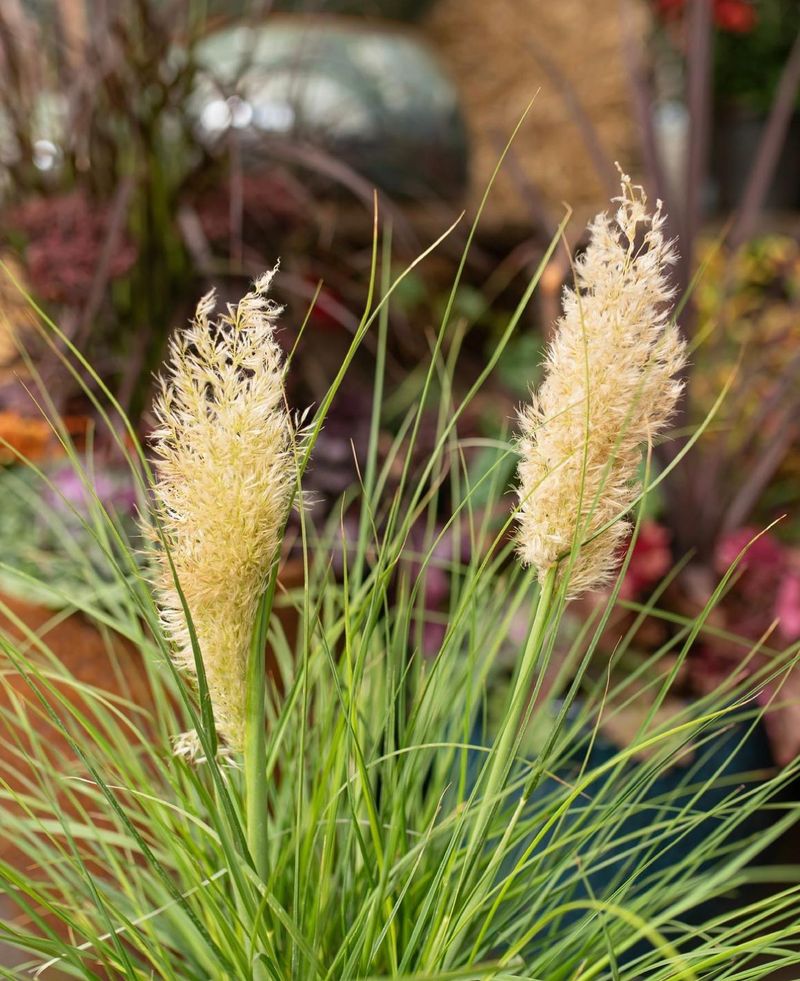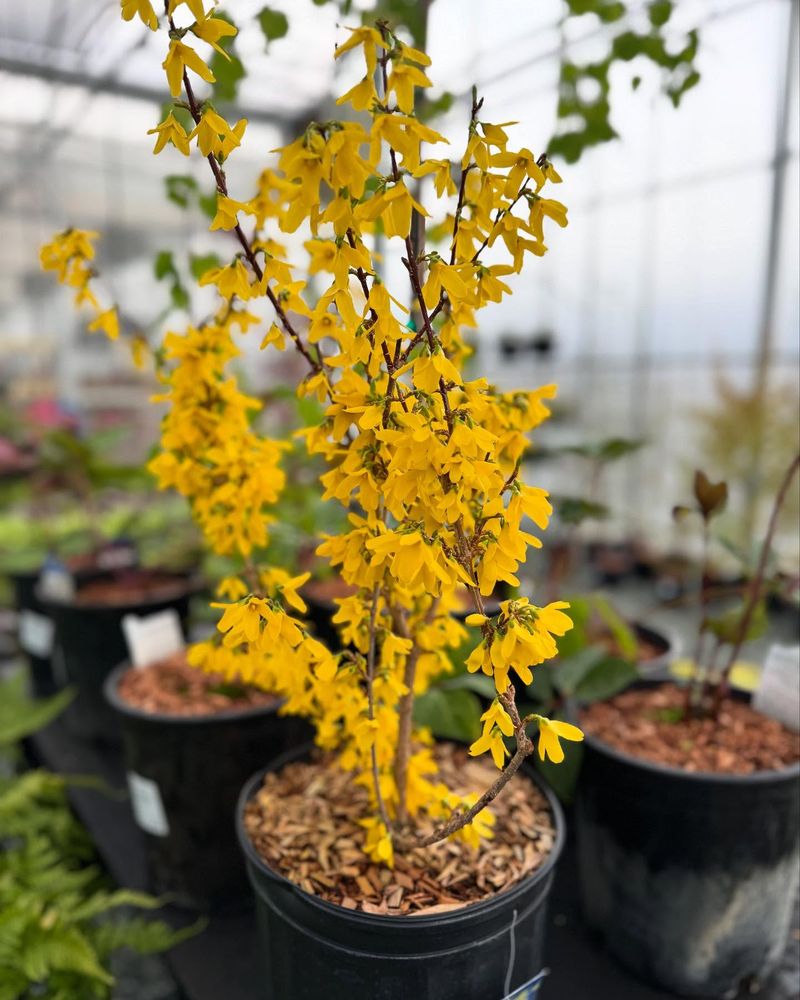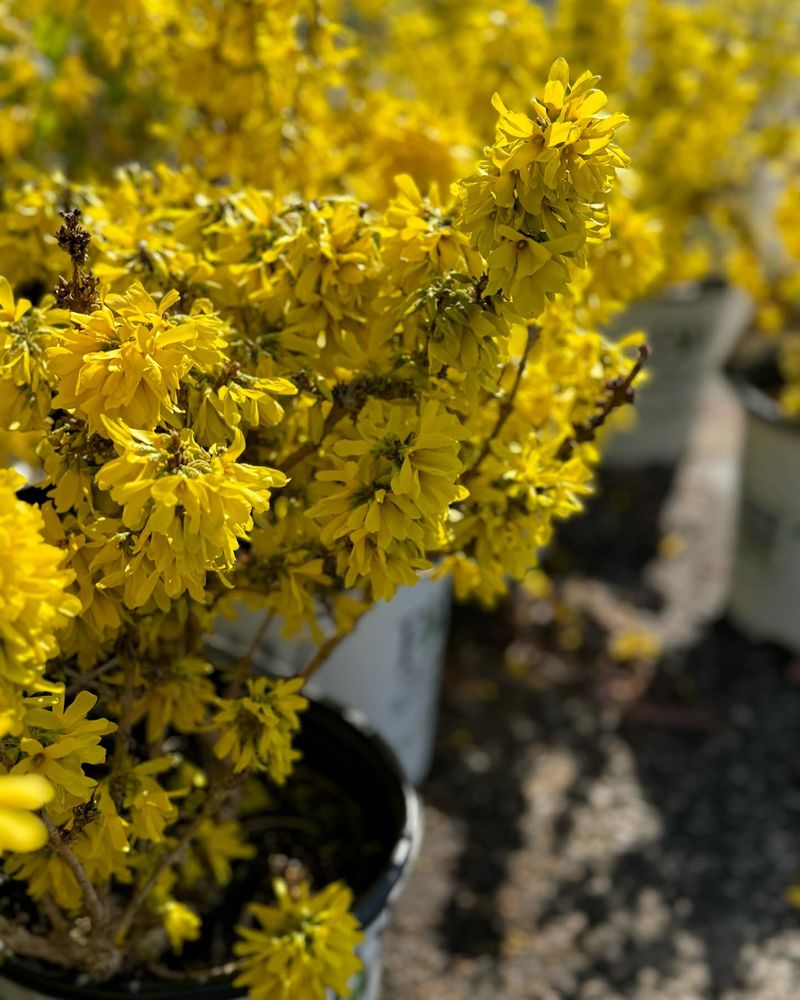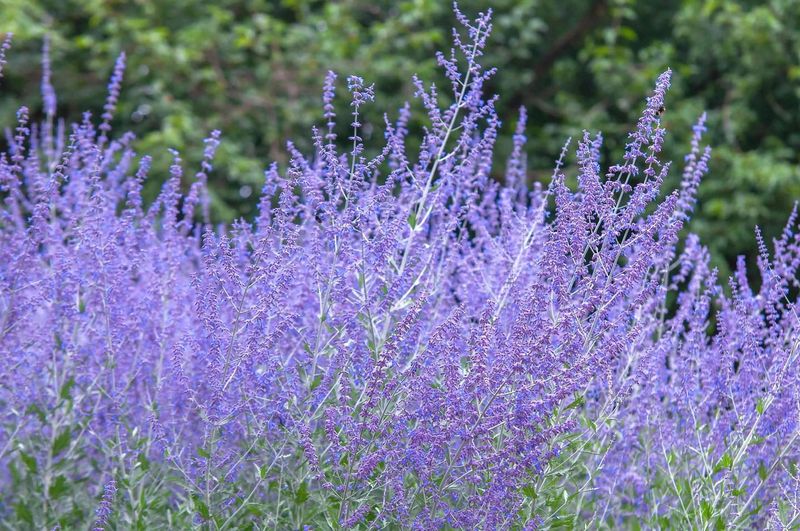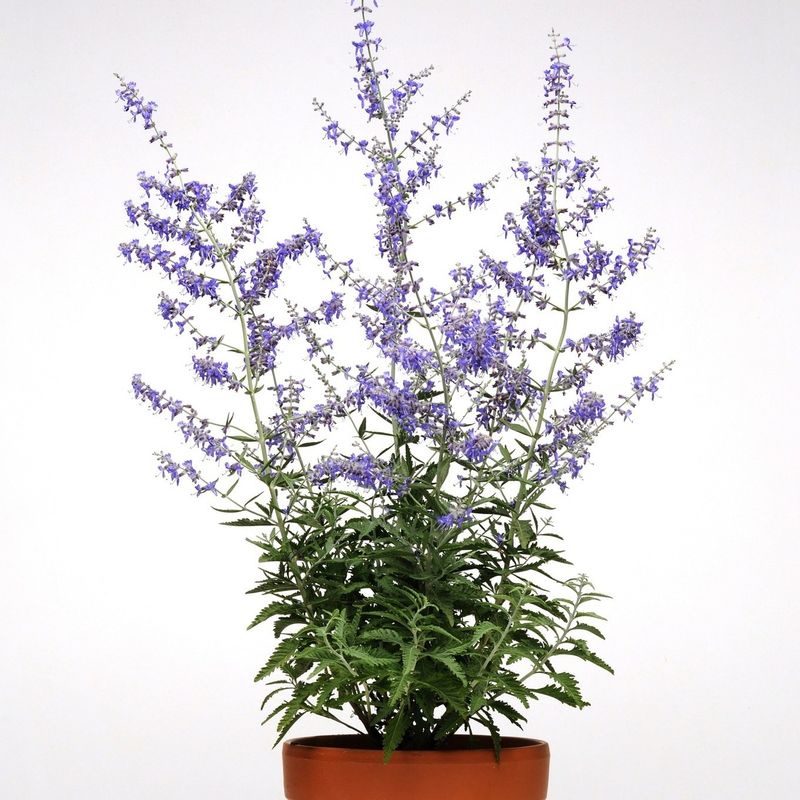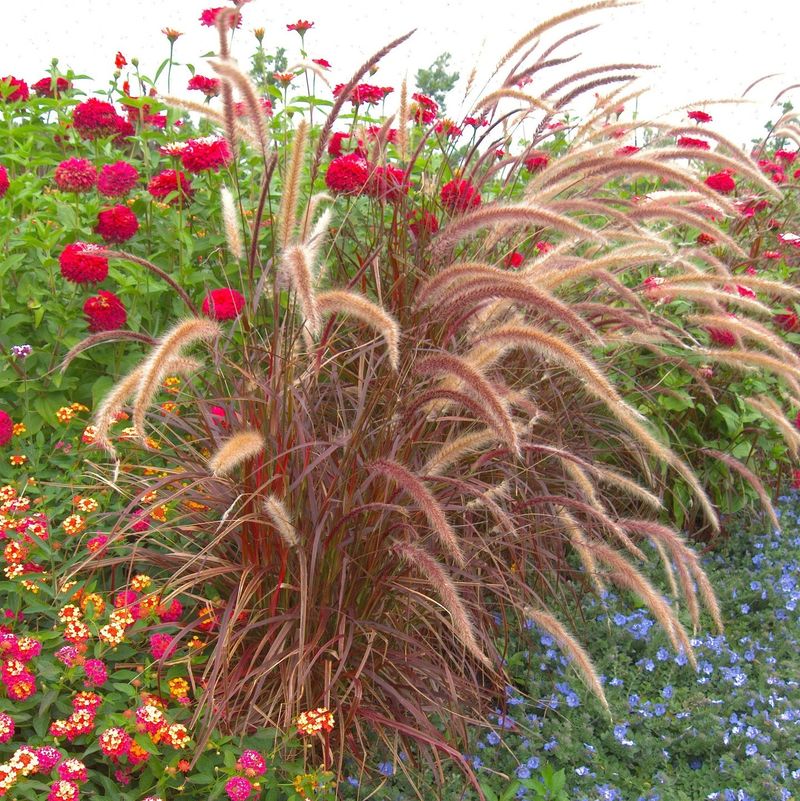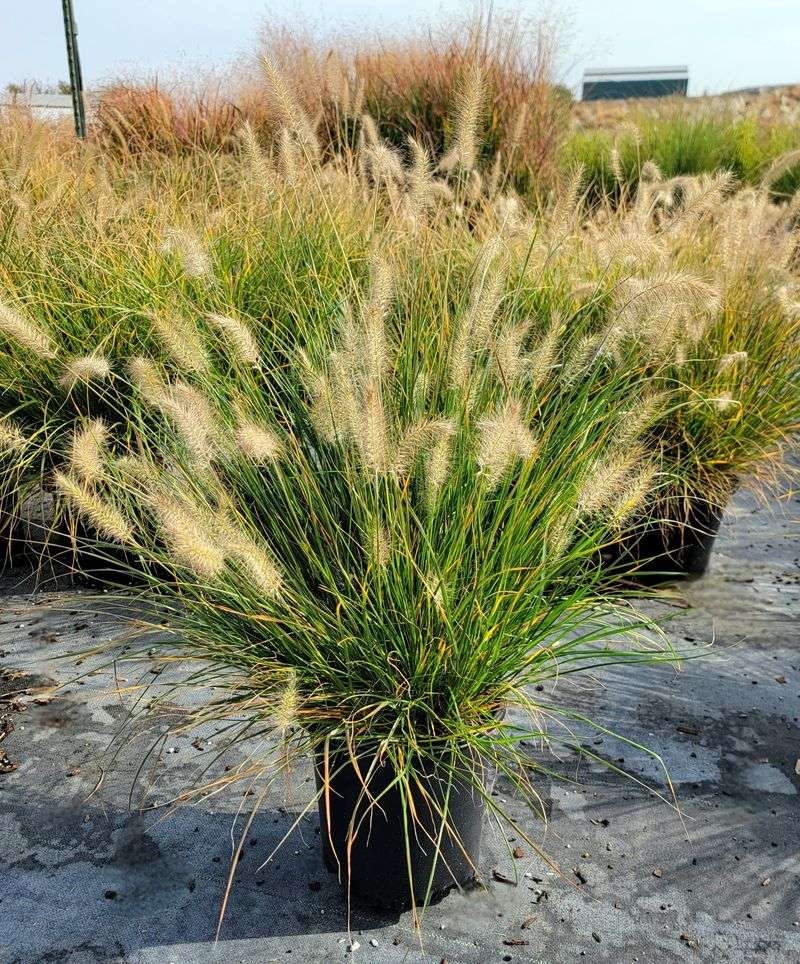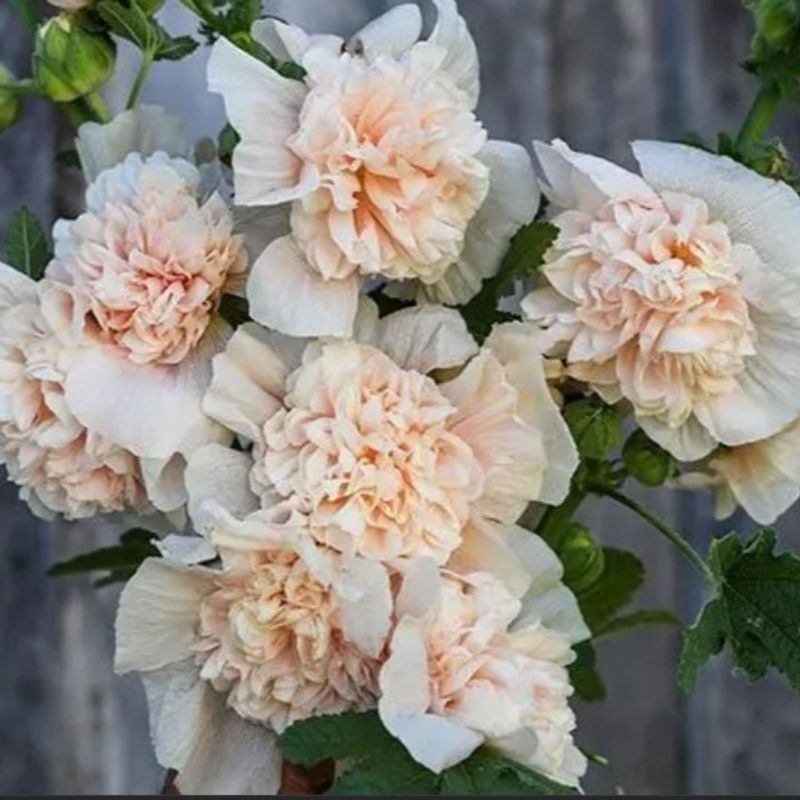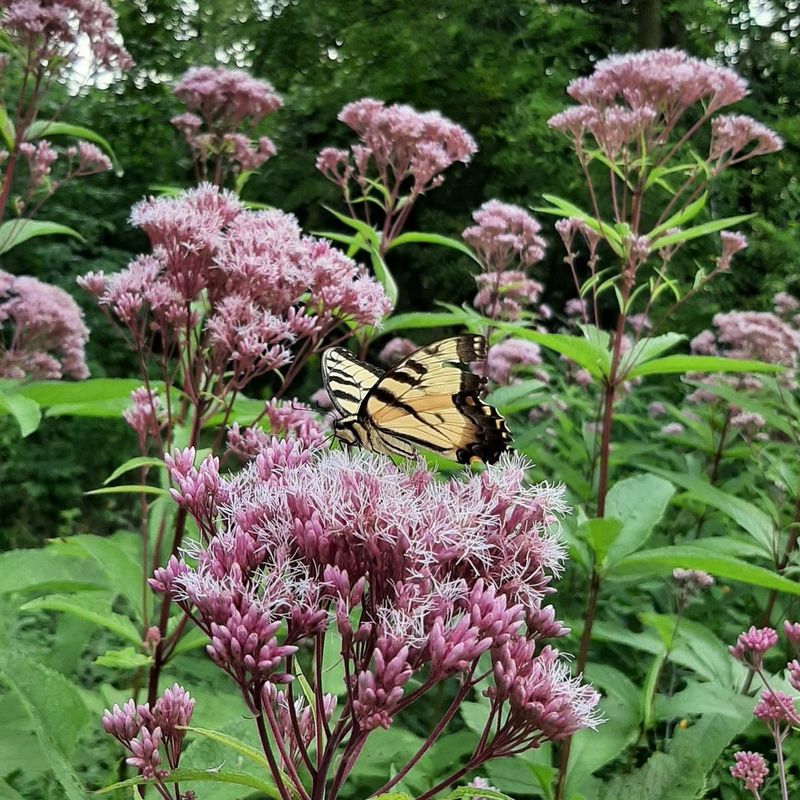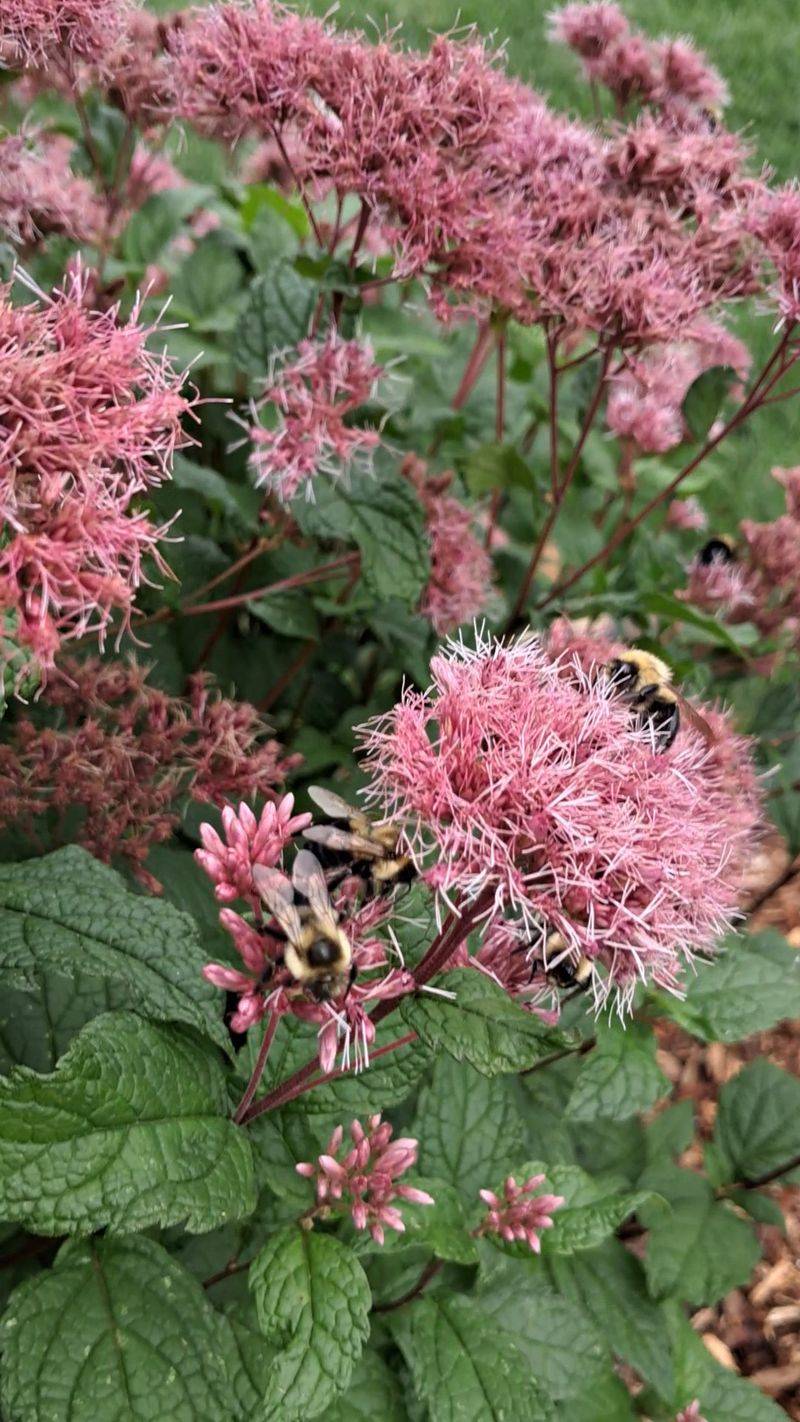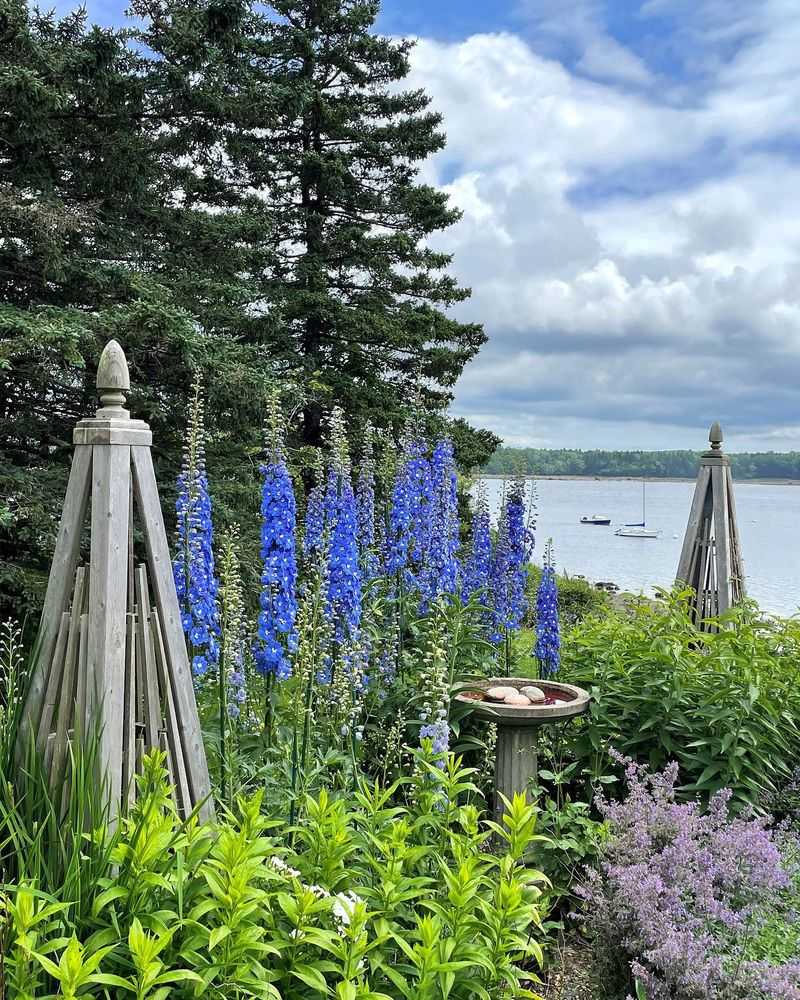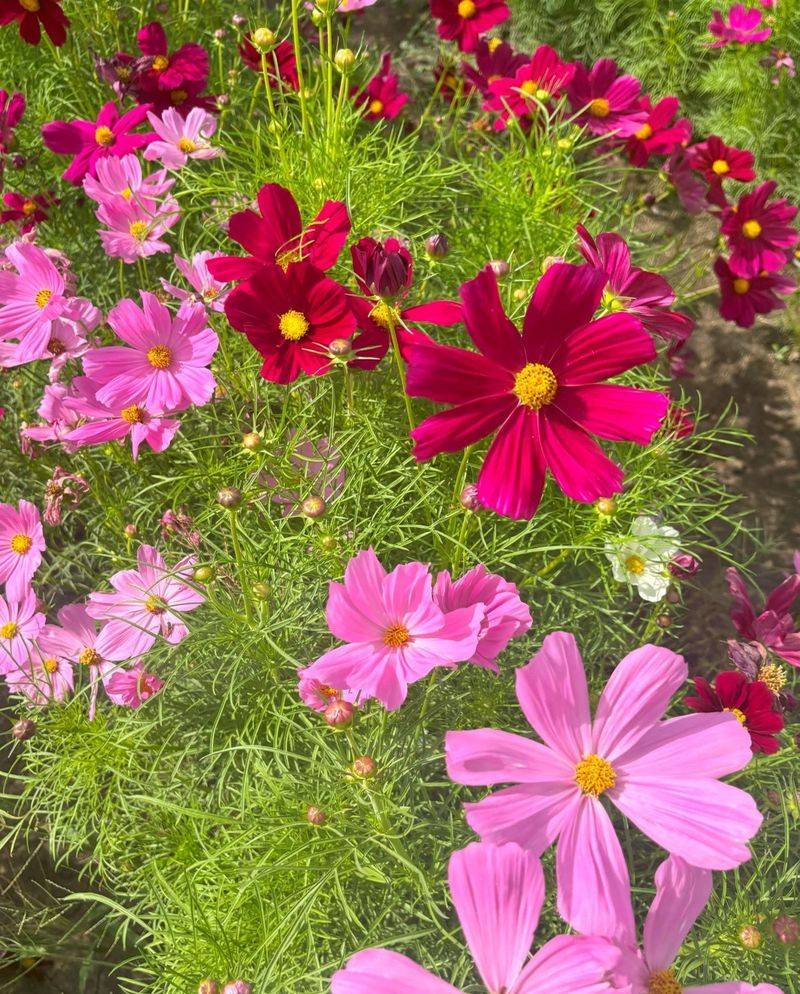Some plants just can’t help but shoot up way too tall, and before you know it, they’re taking over your whole garden.
I’ve put together a list of 10 notorious tall growers you’ll want to keep in check—plus the best dwarf alternatives that bring all the charm without the towering hassle. These smaller options fit perfectly in cozy spots and still steal the show.
If you’ve ever wrestled with giant plants blocking the view or crowding out others, this one’s for you. Let’s keep the garden balanced and beautiful without the endless trimming!
1. Sunflowers
Those cheerful yellow blooms can reach shocking heights of 12 feet or more in a single season! While impressive, they often cast unwanted shadows and can topple in strong winds.
Standard varieties require significant staking and support. Their massive root systems can also compete with nearby plants for nutrients, leaving your garden beds depleted unless you’re vigilant with fertilizing.
2. Dwarf Sunflowers
Perfect pint-sized alternatives bring all the sunny charm without the overwhelming height. Most varieties stay under 3 feet tall while producing the same gorgeous blooms that attract beneficial pollinators.
Varieties like ‘Teddy Bear’ and ‘Suntastic’ fit beautifully in containers and border gardens. Their compact size means they rarely need staking, making them perfect low-maintenance options for busy gardeners who still want that classic sunflower beauty.
3. Bamboo
Running bamboo varieties can quickly transform from an elegant accent to an unstoppable invasion. Some species grow over 30 feet tall and spread aggressively underground, popping up where you least expect them.
Without proper barriers, bamboo can jump property lines and create neighborhood disputes. The dense root systems are notoriously difficult to remove once established, often requiring heavy equipment and years of persistent effort.
4. Clumping Dwarf Bamboo
Unlike their invasive cousins, dwarf clumping varieties stay right where you plant them. Options like Fargesia rufa or Bambusa multiplex ‘Alphonse Karr’ typically max out at 8-10 feet and grow in tidy clumps.
Their well-behaved growth habit eliminates the need for expensive root barriers. These compact bamboos still provide that serene, tropical feel and gentle rustling sound in the breeze without taking over your entire landscape.
5. Butterfly Bush
Standard butterfly bushes can quickly reach 10-12 feet in height and width, dominating garden spaces. Their rapid growth means constant pruning to keep them in check, creating a maintenance headache for busy gardeners.
While beautiful and pollinator-friendly, these giants can crowd out neighboring plants. In many regions, traditional butterfly bushes are now considered invasive species, as their prolific seeds spread aggressively into natural areas.
6. Dwarf Butterfly Bush
Modern compact varieties like ‘Blue Chip’ and ‘Lo & Behold’ series grow just 2-3 feet tall and wide. These petite powerhouses produce the same abundant flowers that attract butterflies, hummingbirds, and bees.
Many dwarf cultivars are also sterile, eliminating invasive concerns while requiring minimal pruning. Their manageable size makes them perfect for containers, small gardens, and mixed perennial borders where standard varieties would quickly become bullies.
7. Pampas Grass
Those dramatic plumes may look magazine-worthy, but standard pampas grass quickly becomes a monster. Growing 8-12 feet tall and equally wide, these giants dominate landscapes with razor-sharp leaves that can actually cut skin.
Their massive root systems make removal incredibly difficult once established. In many coastal states, pampas grass is classified as invasive, as its thousands of wind-blown seeds establish quickly in natural areas.
8. Dwarf Pampas Grass
Compact varieties like ‘Pumila’ deliver those gorgeous feathery plumes while staying a manageable 3-4 feet tall. The scaled-down size fits beautifully in mixed borders without dominating the entire landscape.
Dwarf varieties still provide winter interest and that desirable ornamental grass texture. Many newer cultivars are also less likely to self-seed, reducing invasive concerns while still providing that dramatic, architectural element in the garden.
9. Forsythia
Those cheerful yellow blooms announce spring, but standard forsythia quickly grows into an unruly mess. Traditional varieties regularly reach 8-10 feet tall and wide, often with a scraggly, unkempt appearance that requires constant pruning.
Their vigorous growth means they frequently outgrow their allotted space. The arching branches root wherever they touch soil, creating even more unwanted plants that pop up throughout your garden beds.
10. Dwarf Forsythia
Compact varieties like ‘Gold Tide’ and ‘Minigold’ deliver those same sunny yellow flowers while staying a manageable 1-2 feet tall. Their naturally rounded shape requires minimal pruning to maintain an attractive appearance year-round.
These pint-sized alternatives work beautifully in foundation plantings and mixed borders. Many dwarf varieties also offer improved disease resistance and denser branching, creating a more refined appearance than their gangly full-sized cousins.
11. Russian Sage
The lavender-blue flowers may be stunning, but standard Russian sage quickly becomes a sprawling giant. Traditional varieties regularly reach 4-5 feet tall and nearly as wide, often flopping over and crushing neighboring plants.
Their aggressive self-seeding can lead to unwanted volunteers throughout your garden. The woody stems become increasingly unruly with age, creating a maintenance challenge that requires hard pruning to maintain any semblance of order.
12. Dwarf Russian Sage
Compact varieties like ‘Little Spire’ and ‘Blue Jean Baby’ offer those same silvery leaves and lavender-blue flower spikes while staying a manageable 2-3 feet tall. Their stronger stems remain upright without staking, eliminating the flopping problem of standard varieties.
These well-behaved alternatives blend beautifully with other perennials and shrubs. Many newer cultivars also bloom for longer periods, providing extended color while maintaining a neat, compact appearance throughout the growing season.
13. Fountain Grass
Standard purple fountain grass can quickly outgrow its welcome in garden settings. While beautiful, traditional varieties reach 4-5 feet tall and wide, often overwhelming smaller neighboring plants with their arching form.
Their prolific self-seeding creates unwanted volunteers throughout garden beds. In warmer climates, standard fountain grass is considered invasive, as thousands of wind-blown seeds establish quickly in natural areas and crowd out native species.
14. Dwarf Fountain Grass
Compact varieties like ‘Hameln’ and ‘Little Bunny’ deliver those same graceful, arching plumes while staying a manageable 2-3 feet tall. Their smaller size fits perfectly in mixed borders and containers without overwhelming neighboring plants.
Many dwarf cultivars are also less aggressive seeders than standard varieties. The compact size means they’re less likely to flop over after rain, maintaining their attractive form throughout the growing season while still providing that desirable ornamental grass texture.
15. Hollyhocks
Those cottage garden favorites can quickly turn into giants that topple in summer storms. Traditional varieties regularly reach 6-8 feet tall on thin stalks that require constant staking to prevent disaster.
Their tendency to develop unsightly rust disease makes the lower leaves particularly unattractive. While technically short-lived perennials, their prolific self-seeding means they pop up everywhere, often in places you never intended them to grow.
16. Dwarf Hollyhocks
Compact varieties like ‘Queeny’ and ‘Majorette’ deliver those same gorgeous blooms while staying a manageable 2-3 feet tall. Their sturdier stems rarely require staking, eliminating the constant battle against toppling plants after summer storms.
Many dwarf varieties also show improved resistance to rust disease. Their compact size makes them perfect for container gardens and smaller spaces where traditional hollyhocks would be completely overwhelming.
17. Joe Pye Weed
Native plant enthusiasts love this pollinator magnet, but standard Joe Pye weed grows to shocking heights. Traditional varieties regularly reach 7-9 feet tall, creating a back-of-border behemoth that can overwhelm smaller garden spaces.
Their massive size means they frequently cast unwanted shade on neighboring plants. While beautiful, their scale makes them impractical for average-sized suburban gardens, where they quickly become the only thing visible from any vantage point.
18. Dwarf Joe Pye Weed
Compact varieties like ‘Little Joe’ and ‘Baby Joe’ offer those same butterfly-attracting purple flowers while staying a manageable 3-4 feet tall. Their smaller stature fits beautifully in mixed perennial borders without overwhelming neighboring plants.
These scaled-down versions still provide excellent pollinator support. Many compact cultivars also offer improved resistance to powdery mildew, maintaining attractive foliage throughout the growing season while delivering the same ecological benefits as their towering cousins.
19. Delphinium
Those soaring blue spires create drama but standard delphiniums regularly reach 6 feet or taller on hollow stems. Their top-heavy nature means they topple easily in wind or rain, creating a staking nightmare for gardeners.
Traditional varieties require constant vigilance to prevent disaster. Their short bloom period and tendency to die back quickly in summer heat means you’re left with enormous stakes supporting increasingly unattractive foliage for much of the growing season.
20. Dwarf Cosmos
Compact varieties like ‘Sonata’ and ‘Cosmic’ series deliver those same delicate blooms while staying a manageable 18-24 inches tall. Their sturdier stems rarely require staking, maintaining an attractive appearance without constant intervention.
These petite alternatives produce just as many flowers as their towering cousins. Many dwarf varieties also bloom earlier and longer, providing extended color while maintaining a neat, compact appearance that works beautifully in containers and border edges.


